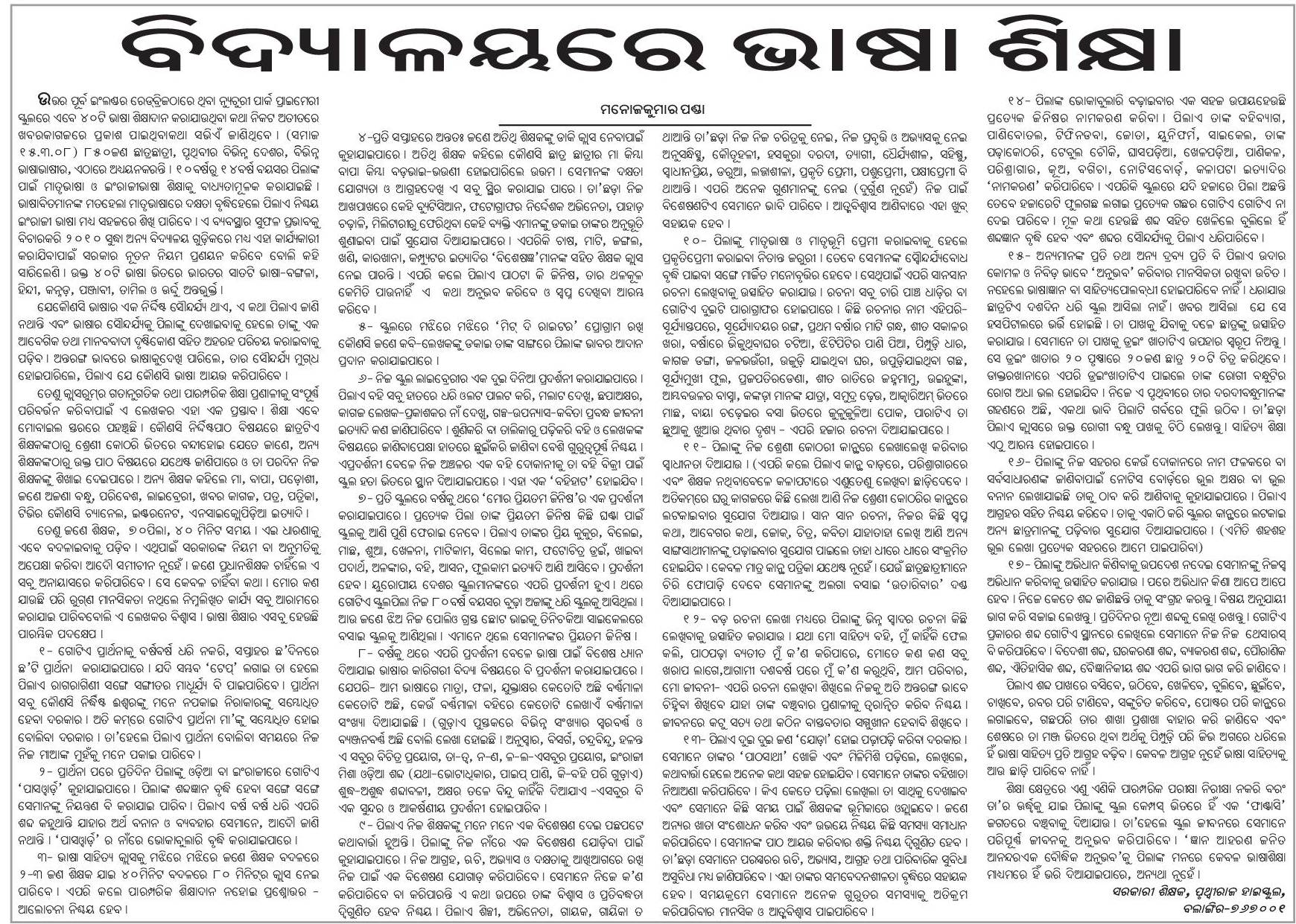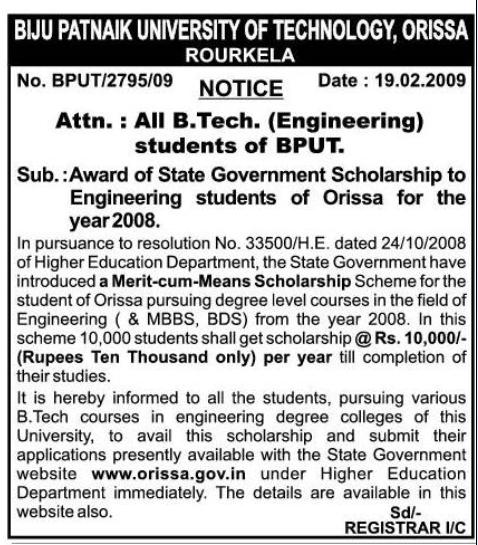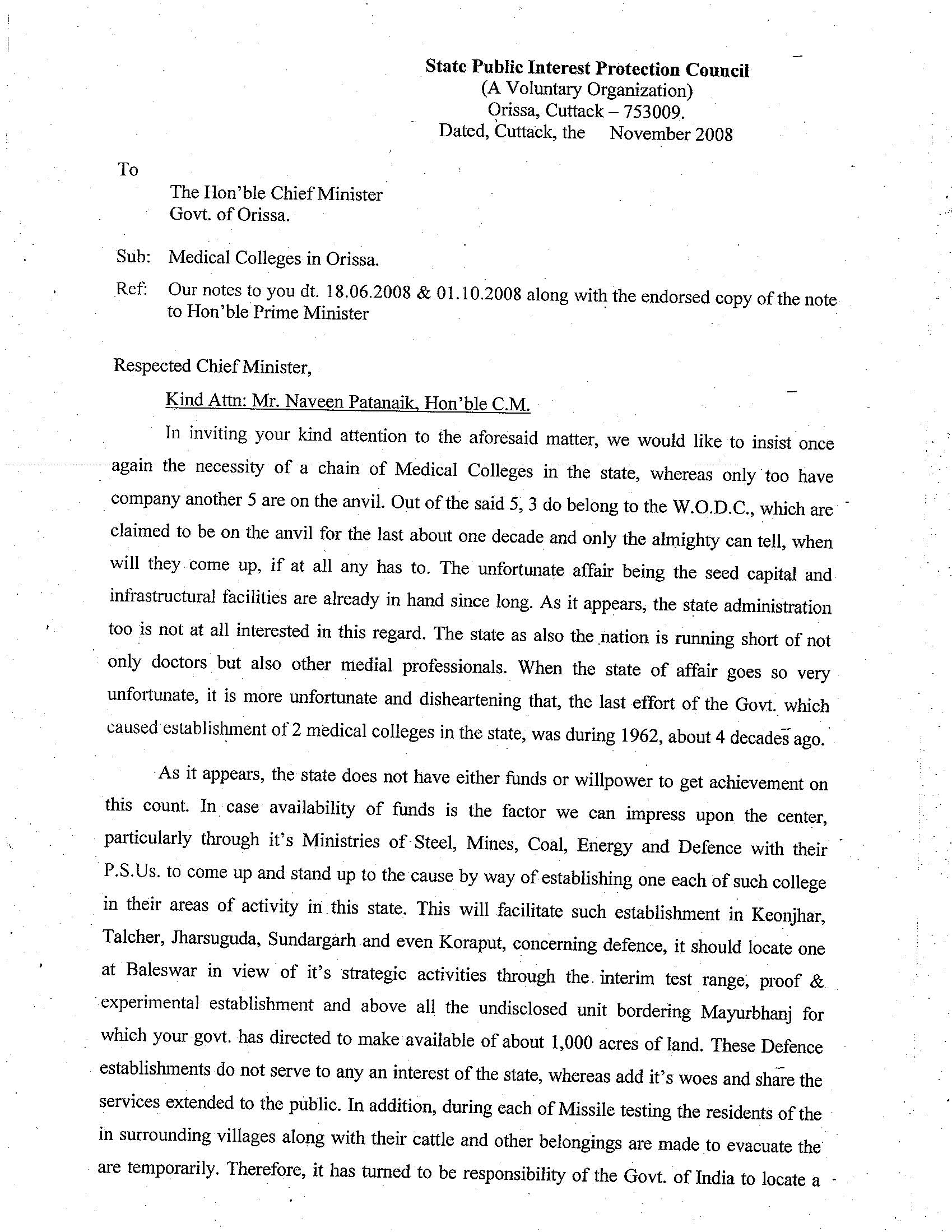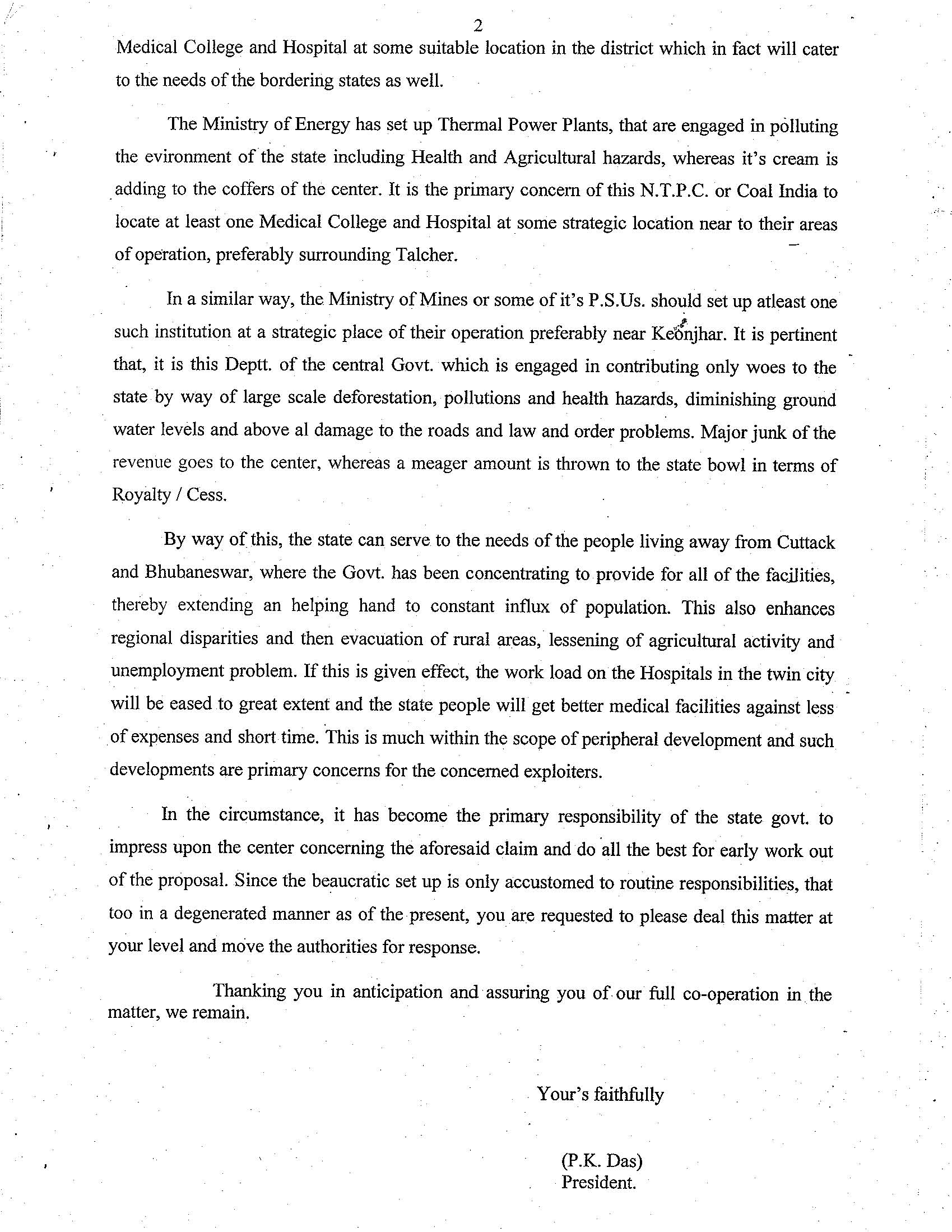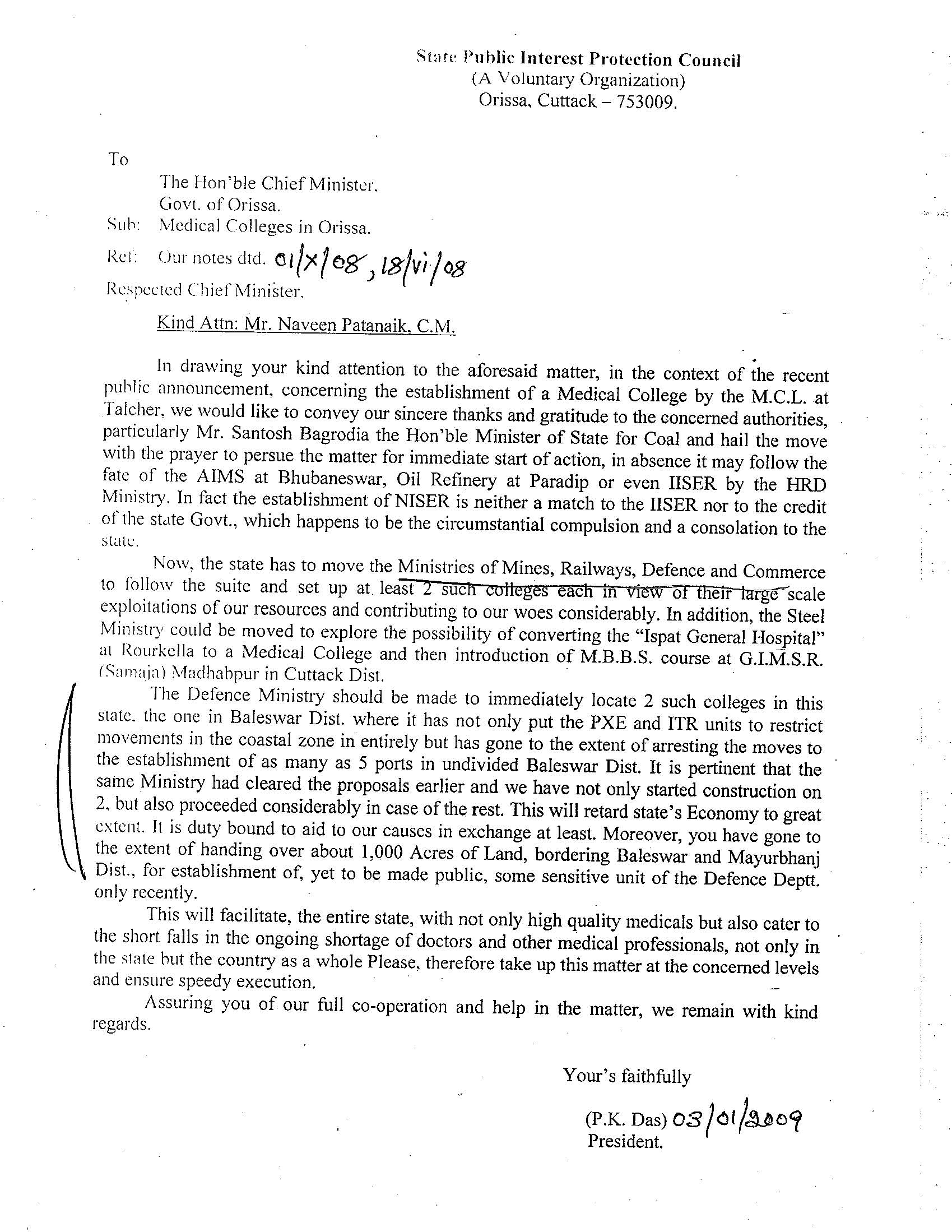Following is from http://www.iisc.ernet.in/kvpy/about.html.
ABOUT KVPY
The "Kishore Vaigyanik Protsahan Yojana" (KVPY) is a program started during 1999 by the Department of Science and Technology, Government of India to encourage students of Basic Sciences, Engineering and Medicine to take up research careers in these areas. The aim of the program is to identify and encourage talented students with aptitude for research.
This program strives to assist the students to realises their potential and to ensure that the best scientific talent is developed for research and growth in the country. Generous scholarship and contingency grant is provided (up to the Pre-Ph.D. level) to the selected students.
In addition, summer programs for the KVPY Fellows are organised in prestigious research and educational institutions in the country.
The KVPY is funded by the Department of Science and Technology (DST), Government of India. The program is administered by the Indian Institute of Science (IISc, Bangalore), through the overall control of the Chief Executive (SID). The selection of students from those who are studying +1, +2, any U.G. Program including First/Second year Engineering/Medicine are carried out by IISc (Bangalore), IIT-Bombay (Mumbai), and ICMR (New Delhi), respectively, in association with two Zonal Centres one at Kolkata (Indian Institute of Science Education Research, Kolkata) and another at Mumbai (HBCSE, TIFR). There are special groups or committees set up at IISc, IIT and ICMR which screen the applications, conduct interviews at various centres, make the final selection and attend to follow-up matters.
The Department of Science and Technology – the nodal agency of the Government has entrusted the overall responsibility for organising the scheme to the Indian Institute of Science, Bangalore and set up a National Advisory Committee (NAC) for overseeing its implementation. A Basic Committee and a National Scientific Committee has been set up to monitor various aspects, both administrative and academic, of the KVPY Program.
APPLICATION PROCEDURE
Request for Application Form
a. Each Stream has its own application form. Students who wish to apply for more than one Stream should submit separate applications.
b. Applicants may apply either by Hard copy or Online. (http://www.iisc.ernet.in/kvpy).
c. Application forms may be down loaded from the KVPY website. Those who are unable to do so, may request for a Hard Copy.
d. Hard copy of the application form can be obtained from KVPY on request by sending a processing fee of Rs. 200/- (Rs. 100/- for SC/ST) by means of remitting Rs. 200 (Rs. 100/- for SC/ST) “to any core banking branches of STATE BANK OF INDIA, payable at all branches in India. Paid into the credit of Administrative Executive, KVPY A/c. No. 10270577392” and send the “pay-in-slip” along with the request, clearly indicating the stream (i.e.SA, SB, SP etc.) on the envelope
e. The SC/ST – candidates should provide a copy of the caste certificate issued by a competent authority in the prescribed proforma.
f. The completed application form along with the
1. Caste certificate in the case of SC/ST candidate
2. Project report in the case of SP/Basic Sciences/ Engineering/ Medicine
3. copy of the marks statement of the qualifying examination(s), in the case of SP (Engineering), SP(Medicine).
4. The original copy of the challan of processing fee of Rs. 200/- (Rs. 100/- for SC/ST)
should reach KVPY on or before 11.9.09 (Friday).
g. KVPY will not be responsible for postal delays in receiving completed application.
h. Last date for receipt of the request for application form.
| 1. |
By post |
:
|
01 September 2009 |
| 2. |
In person at IISc |
:
|
10 September 2009 |
| 3. |
Last date for receipt of the completed application (both Online/Hard Copy along with cast certificate, project report and processing fee ) |
:
|
11 September 2009 |
All correspondence should be addressed to:
The Convener
Kishore Vaigyanik Protsahan Yojana (KVPY)
Indian Institute of Science
Bangalore 560 012.
May 11th, 2009
Recently Educationtimes.com, a part of of Times of India, together with Gfk Mode, has done a ranking of universities across India in various disciplines. There methodology, in their own words, was as follows:
This survey was open to prominent universities across India and invitations were sent to 225 universities.
Among the 225 prominent universities invited, 136 participated. This constitutes around 61% participation.
Some universities refused to participate. Whereas many universities could not provide the required information within our time frame.
The contact persons at the universities were: the registrars, deputy registrars, principal, dean or the administrative heads.
That is it. They sent the surveys. Regardless of whether people participated or not; regardless of the veracity of what was given back; they made a ranking.
The parameters they used may seem reasonable to many, but to me there is a very simple way to rank Universities and Colleges in India. Just use faculty quality as the first parameter and if their is a tie then use the student quality as the second parameter. That’s it!
April 1st, 2009
Update: The news item in Samaja.
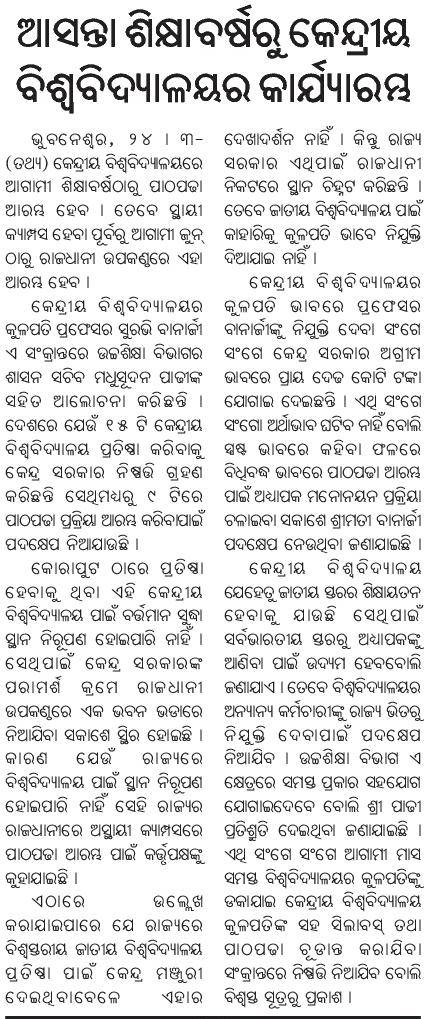
Tathya writes about this. Following are some excerpts.
Central University of Orissa (CUO) will begin classes from June. … While CUO will have its campus in Koraput, to begin with a temporary campus near Bhubaneswar is being looked out to start classes from next Educational Year.
That is why Professor Banerjee has requested the Government of Orissa in Higher Education department to provide a rented accommodation.
Mr.Padhi has agreed to provide all out support for the institution.
Professor Banerjee is interested to make it a different institution and is inclined to start at least 30-35 departments in the newly carved out Centre of Learning.
However to start with the CUO will have 5 subjects and later it will go on including further, said sources.
… Those CUs, which has not identified land for the institution in the designated place, those can start it from the Capital City of the state, said sources.
So Professor Banerjee is busy in organizing things for facilitating classes from next June. Faculty hiring is the foremost in her mind and as she is eager to make it a top class university, the VC wants to rope in best of the talents from the country.
She is also interested to open Medical College in the University, but it will take time.
… Professor Baral of Arizona State University said only five of the 15 new central universities will have a medical college in the first phase (i.e.,during the 11th plan).
So the ability of the VC Professor Banerjee will be tested in whether she is able to get a medical and engineering college to the Central University of Orissa, feel the educationist.
Considering that the CUO is to be located in Koraput, in the most backward area, KBK, of India, Prof. Banerjee must do her best to make the right arguments at the earliest and get a medical and engineering college to this university, argued Professor Baral.
Page 522 of the document at http://planningcommission.nic.in/plans/planrel/fiveyr/11th/11_v3/11th_vol3.pdf given below shows that only 5 of the new central universities will have medical and engineering colleges in the first phase, I.e., during the 11th plan.
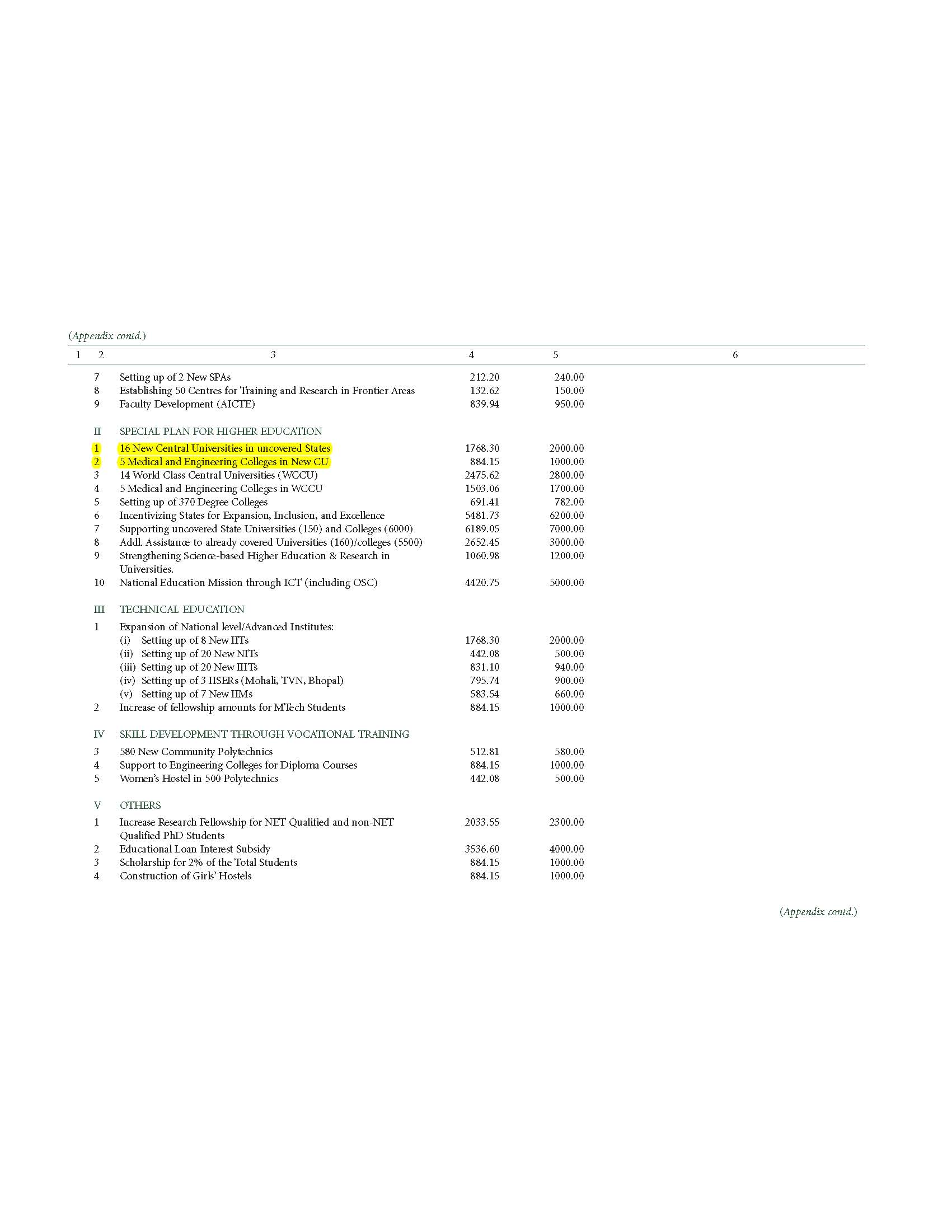
March 25th, 2009
Following is from a report in the Statesman.
Twelve students of the state including five from DAV Public School, Chandrasekharpur, Bhubaneswar have been selected for the Kishore Vaigyanik Protshana Yojana (KVPY) scholarship. A total of 198 students from across the country have qualified this year.
The students who qualified for the scholarship from DAV Public School, Chandrasekharpur, are ~ Mr Pinaki Prasun Kumar, Mr Biplab Rana, Mr P Dinesh, Mr Rohit Gupta and Mr Smarak Mohanty.
Students of BJB College of Bhubaneswar who qualified for the scholarship are Mr Animesh Swain, Mr Aish Mohapatra and mr Saswat Panigrahi.
Mr Himalaya Senapati of Bhadrak College, Ms Pallabi Mishra from Cuttack Siddharth Senapati and Mr Ajaya Kumar Jena of Balasore have successfully qualified for the scholarship.
The scholarship programme, which is initiated by the Department of Science and Technology, government of India, aims to identify and select students who demonstrate talent and aptitude and encourage and assist them in pursuing research careers. It does so by the means of a two-tire examination.
The successful students will be provided with generous fellowship up to pre-PhD level. In addition, summer programmes in prestigious research and educational institutions in the country will also be organised for them.
February 20th, 2009
Following is an excerpt from a report in Indopia.
Domestic steel producer Jindal Steel and Power has invested about Rs 300 crore to set a law school as part of its O P Jindal Global University project and will also approach corporate houses like Tatas and Ambanis to pump in more funds in the form of endowments.
The college, envisioned by JSPL Executive Vice-Chairman and Managing Director Navin Jindal, has been at the university campus in Sonepat, Haryana. The first session of the college, is expected to start in September this year.
" Jindal Global Law School will be the first phase of our endevour to promote excellence in higher education by setting up O P Jindal Global University. We have infused up to Rs 300 crore at the moment and expect more investment in form of endowments and donations," O P Jindal Global University Professor and CEO C Raj Kumar told media.
…The law college would function in collaboration with the top institutes worldwide like Harvard Law School among others and would offer a three-year post-graduate LLB programme. The institute is also planning to commence a five-year undergraduate programme in law.
Kumar said school would have competitive fee structure of Rs six lakh per annum and would offer scholarship and easy loan schemes to them.
The Orissa government should push JSPL for setting up similar higher education institutions in Orissa where they have existing operations (such as an iron ore mine in Tensa, Keonjhar) and where they are expanding some operations. In particular:
January 9th, 2009
Following is from http://pib.nic.in/release/release.asp?relid=46293.
DEPTT. OF SCIENCE AND TECHNOLOGY
Department of Science & Technology initiated several easy to access programmes for people. Following are some of the highlights:
Innovation in Science Pursuit for Inspire Research (INSPIRE)
INSPIRE is a programme by the Department of Science & Technology for attraction of talent to study science and careers with research. The Scheme includes three sub-components namely a) Scheme for Early Attraction of Talents for Science (SEATS), b) Scholarship for Higher Education (SHE) and c) Assured Opportunity for Research Careers (AORC).
Scheme for Early Attraction of Talent (SEATS) aims to attract talented youth to study science through INSPIRE award of Rs 5000 to each awardee. About one million young learners of the age group 10-15 years will be selected fro INSPIRE Award from the toppers who constitute approximately one percent in the Class X Board examinations in the country. Summer camps for about 50,000 youth will be organised in which students will interact with global science leaders..
Scholarship for Higher Education (SHE) aims to enhance rates of attachment of talented youth to higher education in science intensive programmes. The scheme offers 10,000 scholarship and mentorship every year @ Rs 0.80 lakh per year for undertaking Bachelor and Masters level education in natural sciences. A main feature of the scheme is in mentorship support for every scholar through INSPIRE scholarship.
Assured Opportunity for Research Careers (AORC) aims to attract, attach, retain and nourish talented young scientific Human Resource for strengthening the R&D foundation and base by offering doctoral INSPIRE fellowship in the age group of 22-27 in the both basic and applied sciences including engineering and medicine and assured opportunity for post doctoral researchers in the age group of 27-32 years through contractual and tenure track positions for 5 years in both basic and applied sciences areas through an INSPIRE faculty scheme.
Science & Engineering Research Board (SERB)
SERB is an autonomous empowered Board to be established through an Act of Parliament. It will promote excellence in research through established groups pursuing advanced research and gaining global competitiveness for Indian Science and strive to de-bureaucratize the funding support system. The Parliament has passed the bill on the formation of SERB.
Nano Mission
India has mounted a national nano mission in 2007 with an objective of promoting basic and applied research in nano science with an outlay of Rs 1000 crores over 5 years. Under this mission, a new Institute of nano science and technology at Mohali and centers of Banglore and Kolkata are being established. Projects and centres of excellence in basic and applied research have been supported with an outlay of over Rs 150 crores during 2007-08. More than 500 students are currently carrying out doctoral research in nano science in the country.
Initiative for Technologies for Safe Drinking Water
The department has mounted a national initiative to assess technologies and products available for providing safe drinking water for decentralized use and create a data base of technologies after the evaluation of field performance of products and technologies.
Recent Success Stories of the incubated companies promoted by NSTEDB, DSTsupported Technology Business Incubator (TBI).
Torque 360 Degree Solutions is an incubated company of Technopark, Trivandrum which specializes in providing wireless messaging solutions enabling direct communication with targeted audiences and service them through various messaging products and tools. One of its spin off, MobME , Mobile Media and Entertainment Start-up is valued at US $ 7 Million and is listed on top 100 IT Innovators 2007 by NASSCOM.
Laurus Laboratories nurtured in ICICI Knowledge Park, Hyderabad, life science Incubator functions in the area of pharmaceutical process development which provides integrated services, technologies and manufacturing capabilities spanning the entire drug development life cycle, have had an iconic growth with over USD 100 million valuation and a strategic partnership with Aptuit Inc. in less than two years and created 425 scientist level jobs and around 100 support level jobs.
SooryaKiran Bioinformatics (P) Ltd is a university incubated, new generation bioinformatics company functioning from Technopark, Trivandrum provides reliable, cost effective, world-class customized solutions that bridge the gap between information analysis and knowledge management. The company is poised to establish itself as a world renowned organization, striving to set benchmarks in Computational Biology and Bioinformatic.
National Mission on Bamboo Applications
National Mission on Bamboo Applications focused attention on value addition of bamboo materials through applications of technology and product development in area of structural materials and energy generation. Several housing and structural applications related technologies have been commercialized.
DRUGS AND PHARMACEUTICAL RESEARCH PROGRAM
The programme has established a number of Public Private Partnerships (PPP) in drug development. Total of 85 collaborative R&D projects with leading industries, 31 national facilities and 37 Pharma Industry loan projects have been supported.
The programme has resulted in filing 15 product patents and 13 process patents. Industrial leads on Psoriasis, Migraine, Malaria, Anti-Glaucoma, Chronic Obstructive Pulmonary Disease, Diabetes, aging, Pancreatic Cancer, Osteoporosis are under different phases (Phase I, II, III) clinical trials.
Science Express – an innovative science exhibition on-wheels
Science Express’, an innovative Indo-German Pathway to Discovery, is a unique science exhibition-on-wheels. It was flagged off by Hon’ble Prime Minister of India Dr. Manmohan Singh and Federal Chancellor of Germany Dr. Angela Merkel from Delhi Safdarjung on 30 October 2007. It is a joint venture between the Max Planck Society Germany (MPS), a Noble laureate powerhouse and Department of Science & Technology (DST), Government of India, with the support of Germany’s Federal Ministry of Education and Research (BMBF) and the German corporate giant BASF and its Indian arm, among others. The exhibition comprising of over 350 interactive displays, large format modules, video clips and voice-overs strived to provide insights into some most pressing questions about evolution besides state-of-the-art of several scientific pursuits. It also hosted world famous Kids’ Lab of BASF and over 15,000 students performed interesting experiments in Chemistry.
During its incredible tour of India to 57 locations in 217 days covering over 15,000 kms during, this first-of-its kind exhibition received overwhelming response at each halt as it attracted over 22.5 lakhs visitors. Buoyed by its success, a modified version called ‘sciencexpress’ having more indigenous content has been launched on 30 November 2008 to another 50 destinations not covered earlier.
International S&T Cooperation
The Department of Science and Technology on behalf of the Government of India has enlarged the Scope and strength of S&T cooperation with many countries during the year 2008-09. Stepped cooperation with European Union, United Kingdom, Germany, Japan, Australia, Canada, Israel, Russia, SAARC, brazil, South Africa formed special focus during 2008-09. Indian beam line in Japan, Science express with Germany, Industrial R&D fund support with Israel and Canada, science bridges with UK, Joint Biomedical center with Russia, coordinated call for research on computational material science with EU are some indications of stepped up S&T cooperation registered during 2008-09.
PRA/SKK
January 2nd, 2009
The following is from Samaja.
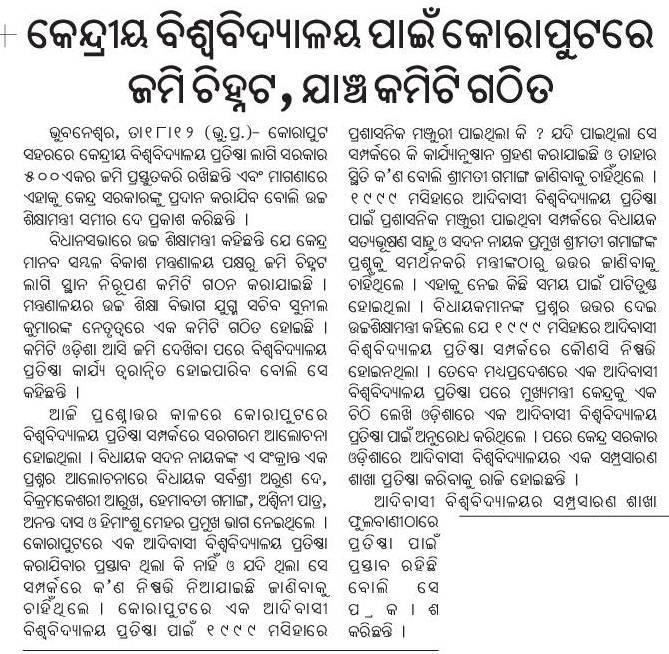
It is high time people of Kalahandi go to the CM for higher education institutes in Kalahandi. In particular they should demand a state university and a centrally funded BPIET (Biju Patnaik Inst of Engineering and Technology) in the line of SLIET and ABA Ghani Khan Choudhury IET. The people of Kalahandi need to be strategic in terms of what they can get at this time. For example, UCE Burla supporters initially, for several years, were going after a deemed university status. It was going very slowly. Once they switched to demanding for state unitary university status, things happened fast. Similarly, people of Kalahandi should realize that they should not put all their egg in one basket. IMHO, shifting of the location from Koraput to Kalahandi after the location is announced by the CM and mentioned in the assembly is unlikely, and I hope I am wrong, but a new central university in Kalahandi has a low chance of happening soon. So as a practical matter people of Kalahandi should, for now, ask for a state university and a BPIET. They don’t have to retract their demand for a central university; that can continue.
December 19th, 2008
The following is from http://pib.nic.in/release/release.asp?relid=45828.
The Department of Higher Education of Ministry of Human Resource Development [MHRD], Government of India has decided to implement a new Central Sector Scheme titled ‘Scheme of Scholarship for College and University Students’ w.e.f. 2008-09. This would be available to upto 82,000 meritorious students per year belonging to non-creamy layer, studying in recognised Colleges/Universities in India, who are not in receipt of any other scholarship. 50% of the total number of scholarships would be for girls. The rate of scholarship would be Rs. 1,000/- (Rupees One thousand only) per month for graduation level for the first 3 years of the College/University Education and Rs. 2000 (Rupees Two thousand only) per month in the 4th and 5th year of College/University Education. The Scholarship would be paid for 10 months is an academic year. The scheme is also open to students pursuing professional courses through recognised institutions. However, renewal of the scholarship from year-to-year would be subject to good conduct and fulfillment of prescribed academic performance.
All the State Boards of Senior Secondary Education ,CBSE and ICSE have been requested to contact the eligible candidates on the basis of the merit list of Senior Secondary Examination results 2008 and recommend to the MHRD the details of Scholars selected against the specified number of scholarships allocated to the Board. The disbursement of scholarships to these selected students will be made by the MHRD, directly into the bank account of the students, through a designated Bank.
******
VLK/ska
December 18th, 2008


